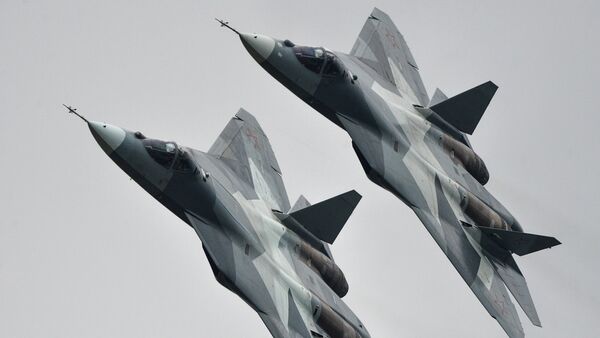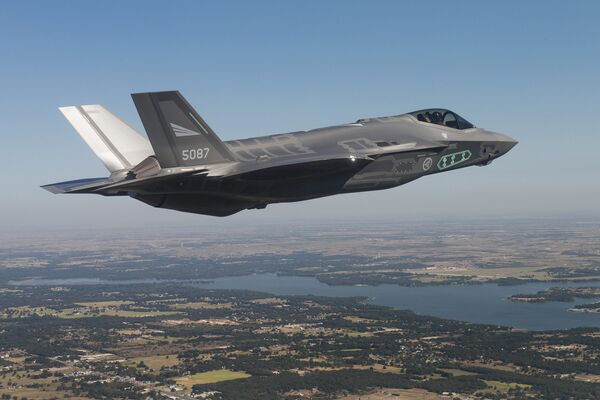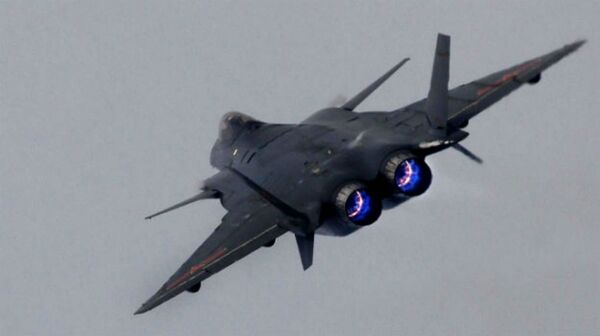Historically, jet fighters are often categorized in generations so as to underscore improvements related to aircraft design, avionics and weapon systems.
Most experts believe that right now, there are five generations of jet fighters embracing the period from 1950, when high-speed subsonic planes were created, to nowadays.

As for the fifth-generation warplanes, they are only represented by the US Air Force's F-22 Raptor, with Russia's T-50 PAK FA, the US's F-35, China's J-20 and J-31 as well as Japan's Mitsubishi ATD-X currently performing flight tests.
Meanwhile, Vladimir Mikhailov of Russia's United Aircraft Corporation said that the sixth-generation fighter, which he said is expected to be created by 2025, will be able to fly at hypersonic speeds, according to RT.
While Mikhailov said that the requirements for the sixth- generation plane are yet to be formulated, some experts believe that such jet fighters should overcome the Mach 5 threshold in terms of speed and be able to conduct long-range flights without refueling.
At the press conference on Russia's future jet, Bondarev, for his part, said that the plane, which will be made of composite materials, would have both a manned and an unmanned version. He added that drone equipment is "much more functional and low-maintenance," and "can withstand any g-force," referring to the human body's inability to survive plane maneuvers, leading to death or loss of consciousness.
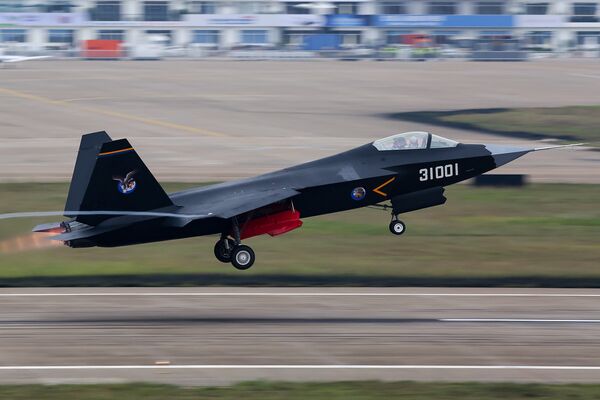
Importantly, experts said, the sixth-generation jet fighter should be a multi-purpose super maneuverable plane, carrying out tasks as an interceptor, a bomber and a ground attack aircraft armed with hypersonic missiles and equipped with stealth technology.
As for the United States, the idea of creating the sixth- generation warplane has been floated by the Pentagon since 2010, and a new such fighter codenamed F-X should reportedly enter service after 2030.
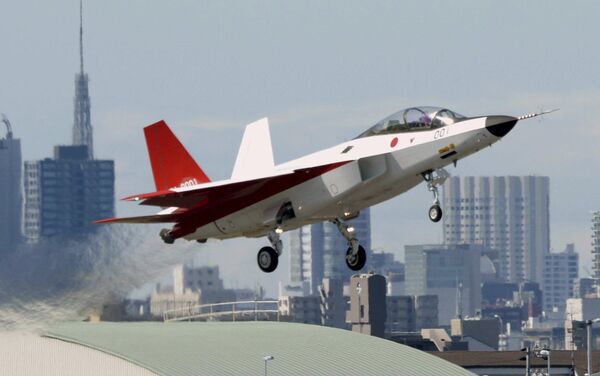
Unlike the Russian-made sixth-generation plane, the F-X may be equipped with powerful batteries and electric motors. Such a hybrid would take advantage of a jet engine's speed and use electric generators so as to give power to directed-energy weapons, including lasers. It would also fly at low speeds, according to RT.
Needless to say, the concept of such a plane is just being developed by a number of US companies, including Lockheed and Boeing, which have reportedly made major breakthroughs in the matter.
In this regard, RT quoted military expert Alexey Ramm as saying that speaking of the Russian sixth-generation jet fighter's main targets is irrelevant given that such a warplane has yet to be created.
Ramm added that only after the T-50 plane enters service will it be possible to make any conclusions about the feasibility of the Russian sixth-generation jet fighter.
In February 2016, it was reported that the fifth generation T-50 fighter jet, also known as the PAK FA, is set to enter service with the Russian Armed Forces later this year. The plane is expected to be equipped with highly advanced X-74M2 cruise missiles.

